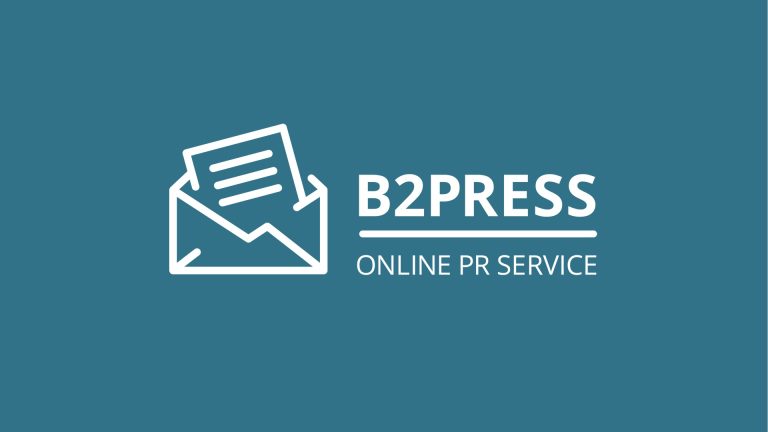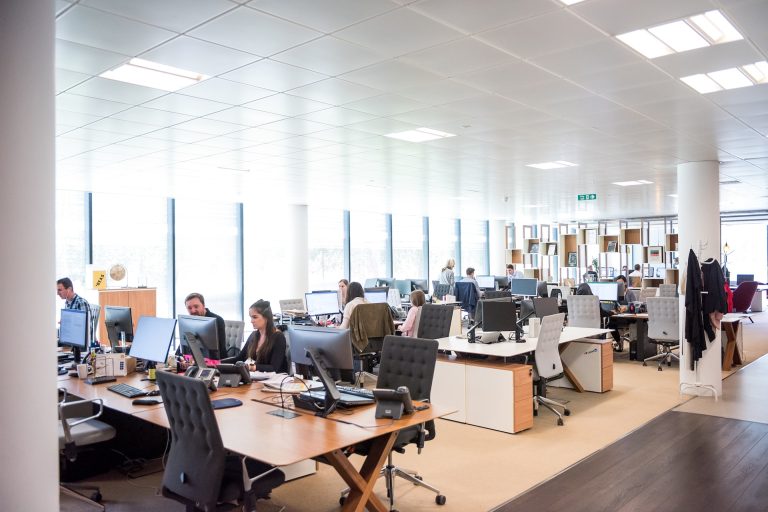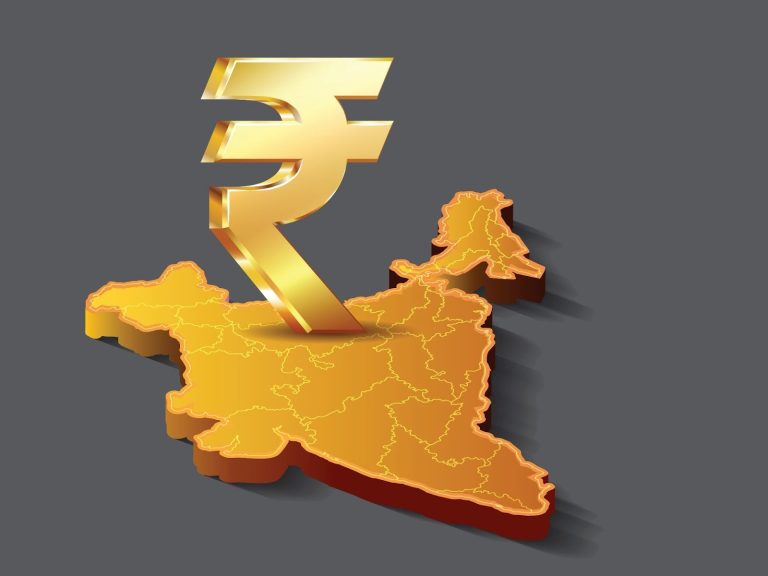B2Press increased its business volume by 104 percent and its turnover by 163 percent by serving more than 450 brands in 2022. Thanks to this, the company’s revenues exceeded 1 million euros.
The spread of mobile devices, smart technologies, and the rise of the internet and social media use has made it unavoidable for companies to invest in online visibility. The influence of content accessed from digital platforms in purchasing decisions led companies to online PR activities.
Proving the success of its ‘pay as you go’ model, Online PR Distribution Service B2Press announced another record year in 2022, achieving a turnover exceeding €1 million with a y-o-y increase of 163% and boosting the volume of business handled by 104%.
Offering PR solutions based on a service model in which no fixed monthly fees and no long-term contract is necessary, B2Press achieved such volumes through its global press release distribution business, which showed a massive 280% y-o-y increase, resulting in almost half of its revenues being generated internationally.
“Winning today’s race while running tomorrow’s”
B2Press Managing Partner Ediz Tokabaş commented, “Our 2022 results exceeded our expectations. Our brand awareness has grown organically without our having to make a significant investment in media buying. Our biggest successes were developing new strategies for efficiently managing our rapidly increasing business flows and effectively commercializing our B2Press brand.
We are trying to win today’s race while running tomorrow’s. In 2023, we want to build on our success by introducing new products, such as a new live content management system. We will continue to expand our agreements with important media groups, especially in Europe. And we want to continue diversifying our revenue streams with value-added products like our new digital content service B2Press Plus.”

Responding to client requests for customized digital content, B2Press Plus was launched to service leading cyber security, enterprise software companies, and other similar providers in the digital ecosystem to support their requirements for producing technical documents like white papers, website content, blog posts, and offering competitor benchmarking and market research including trend analysis.
Press release distribution grew by 62% and special features by 375%
Press release distributions by B2Press in different countries around the world increased by 62% on the previous year, while each press release turned out to have an average of 103 media coverages. The special features and interviews published across different media outlets grew by 375% in 2022.
Collaborating with 55 different news agencies and media databases in 2022, B2Press distributed press releases in 25 languages globally. The main regions where B2Press distributed press releases the most were Dubai/UAE, Europe, United Kingdom and the United States, respectively, with 4th quarter sales evidence of remarkable growth in these new focus markets.
B2Press continues to drive forward into new markets with distribution requests handled from locations as diverse as Spain, Poland, Brazil, Malaysia, and Indonesia in 2022.
Online PR for dozens of brands from various sectors
Founded in 2016, B2Press is a leading press release distribution and online PR service based in the Netherlands. Public relations, communications, and marketing professionals use B2Press to distribute press releases and multimedia. B2Press has grown to become a trusted source for media outlets, journalists, and marketing professionals at over 450 companies operating in high-growth technology and media sectors such as SAP Turkiye, Zer, Philips, VitrA, RE/MAX, Roksit, CoinW, Express VPN, SPARK, The MENA Stevie Awards, and True Global Ventures.
Contact:
Tulay Genc, info@b2press.com, +31 30 799 6022











 Bitcoin
Bitcoin  Ethereum
Ethereum  Tether
Tether  XRP
XRP  USDC
USDC  Wrapped SOL
Wrapped SOL  TRON
TRON  Lido Staked Ether
Lido Staked Ether  Cardano
Cardano  Avalanche
Avalanche  Toncoin
Toncoin